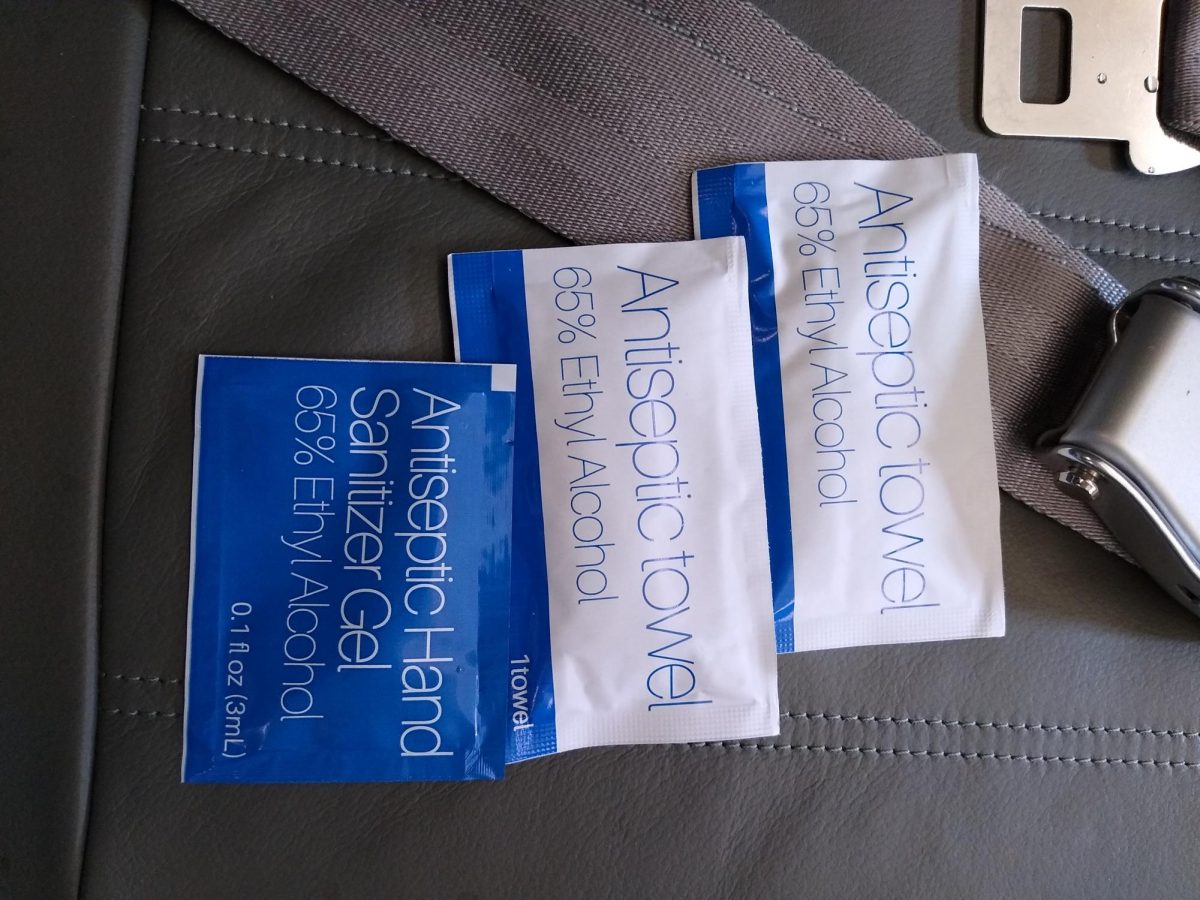What is the significance of November 11 for veterans? How did we arrive on this day to
thank them for their service? The answer is 105 years old.
On November 7, 1918, in the dark of night, in an isolated train pullout, deep in the lonely
Fôret de Compiègne, a German delegation led by the well-known politician Matthias Erzberger met the Supreme Commander of the Allied Armies, Marshal Ferdinand Foch. Back home, the German people were suffering under the naval blockade, and the Allies wanted to finish the war while they were in the lead. Both sides had suffered tremendous losses: 5 million Allies and almost 2 million Germans. As they met in Foch’s personal railway car in eastern France, both sides were ready for an end to the “Great War,” but the Allied terms for peace would be harsh.
After the horrors of relentless and unproductive trench warfare and abysmal gas attacks, the Allies felt that punitive measures would convince Germany to never dare to attack the French again. Before the Allies would agree to a cease-fire, the Germans would have to withdraw their troops from France and Belgium and even their territory of Alsace-Lorraine, an important industrial region that was essential to their economy. Not only would the Germans have to hand over their arms and military equipment, but they would have to hand over their entire navy, including their infamous u-boats. Finally, the crippling blockade of Germany’s ports would continue until a full treaty could be worked out. These terms therefore constituted more of a complete surrender than a cease-fire. Even as the leaders met, Allied attacks on the Western front continued, as did a strategy for the future of the war into 1919.
Before the German government could decide whether or not to accept the terms, a revolution rocked Berlin and seized control on November 9. A new German Republic replaced the Prussian monarchy and instructed Erzberger to accept the Allies’ terms for a cease-fire.
At 5:10 AM, on November 11, 1918, representatives of the Allies and Central Powers signed the armistice. Noting the date, 11/11, they agreed to end the hostilities at precisely 11:00 AM.
Officers on the front lines were ordered to cease firing at 11:00 AM. Despite the agreement, the Allies pressed forward until the last minute. The last Allied casualty, a Canadian private, fell due to sniper fire at 10:58 AM. At precisely 11:00 AM, an uncanny silence fell across the front. The soldiers were stunned by the realization that the war was truly over. Still, at the front, the Allied soldiers maintained their posts, while at the rear, some soldiers celebrated with the locals while others held ceremonies to honor the historical moment.
Reactions across Europe and the Americas were mixed. Celebrations were held in London, Broadway in New York, and by the Seine in Paris and Allied politicians Georges Clemenceau of France and David Lloyd George gave speeches. Others saw the revelry as entirely inappropriate as they mourned for their dead loved ones. In Belgium, the victory meant reprisals against collaborators, friends of the Germans, and those who exploited food shortages for profit. In Germany, the people were shocked and bitter at the defeat. Feelings of resentment that would affect German postwar politics and eventually spark World War II were already brewing.
On the first anniversary of the Armistice in 1919, President T. Woodrow Wilson gave an address honoring American veterans. In 1926, President J. Calvin Coolidge formalized the tradition by calling for the annual observance of Armistice Day. Later, U.S. Representative Edward H. Rees of Kansas proposed legislation to change the name of Armistice Day to Veterans Day. In 1954, President Dwight D. Eisenhower signed a bill proclaiming November 11th a
national holiday in recognition of the sacrifice made by our countrymen and to thank them for the peace and freedom we enjoy today – “Veterans Day.”






















